When you think of Washington you probably picture Seattle, with its grey skies and moody weather. However, a three-hour drive east past the Cascade Mountain range will confront you with an entirely different picture of Washington – specifically – Washington wine country.
Indeed, Eastern Washington is rich with vast desserts and teeming with agricultural fields. Between the potato farms and cherry fields lie vineyards, many of which are producing some of the best examples of New World wine to date.

Quick History of Washington Wine
The first grapes to grow in Washington were planted in the 1860s. Today, there are over 1,000 wineries in Washington state, with over 60,000 acres of vineyards planted.
Most of Washington’s wineries are located east of the Cascade Mountains. It’s this mountain range that separates the ever-gloomy Seattle side from the dry desert landscape that is Eastern Washington.
Here’s a quick breakdown of what makes Washington wine unique:
Climate: Arid and semi-arid desert climates make for long, warm days with more sunlight than your average climate. In fact, Washington, on average, receives two more hours of sunlight than California!
Dramatic temperature fluctuations, which can be as much as 50 degrees in a few hours, put the grapes in a hibernated state at night, preserving their acidity. Long, warm, sunny days allow the grapes to develop concentrated, plush fruit flavors.
Rain shadow: The Columbia Valley, Washington’s largest winegrowing region, is protected by not one – but two mountain ranges. Between the Olympic Mountains and the Cascade Mountain range, the Valley is protected from excessive rain.
Latitude: Washington shares the same latitude as Bordeaux and Burgundy. This ideal elevation, combined with Washington’s dry climate and lack of France’s strict winemaking laws, gives Washington the freedom to produce a diverse and eclectic number of wines.
Soil: Thanks to the Missoula Floods over 15,000 years ago, Eastern Washington is covered with a thick layer of silt, sand, and gravel atop the basalt bedrock. This makes for well-draining soil that encourages the vines to root deeply into the ground. Remember: vines love to struggle!
Notable regions for Washington wine
Today, there are currently 20 AVAs (American Viticultural Association, uniquely recognized wine-growing regions) in Washington, with more being added yearly.
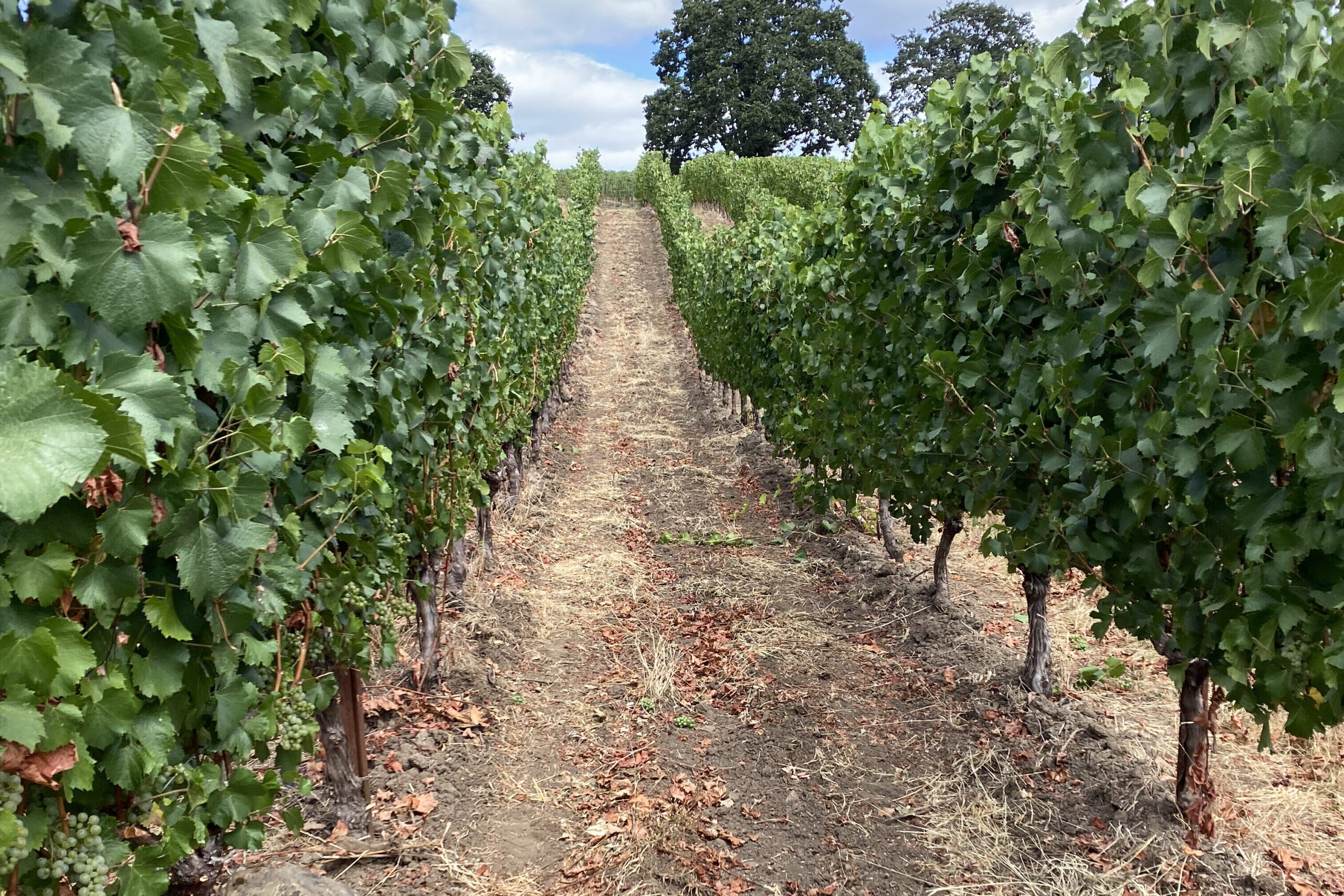
Cabernet Sauvignon, Merlot, and Syrah are the leading red wines produced in Washington. Chardonnay, Riesling, and Pinot Gris are the dominating white wines.
Here’s a quick breakdown of just a few of Washington’s most notable wine-growing regions.
Columbia Valley
This is Washington’s largest winegrowing region and encloses most of the state’s smaller subregions. In fact, only two appellations fall outside of the Columbia Valley, the Columbia Gorge (located on the Oregon-Washington border) and the Puget Sound.
The wines of the Columbia Valley include exceptional Cabernet, Merlot, Syrah, Riesling, and Chardonnay. That said, there are countless other wines to note, some of which are rarely seen outside of their region of origin.
Lemberger, Carménère, Cinsault, and Nebbiolo are just a few of the obscure grapes Washington is able to grow successfully.
Columbia Valley wineries I’m loving: Barnard Griffin, Wautoma Springs, Purple Star Wines
Horse Heaven Hills
Named after the wild horses that used to roam the valleys, Horse Heavin Hills is home to ¼ of Washington’s planted acreage. The area is one of Washington’s warmest wine-growing regions, explaining its success with grapes like Cabernet Sauvignon, Merlot, and Syrah.
Horse Heaven Hills wineries I’m loving: Alexandria Nicole Cellars, Mercer Wine Estate
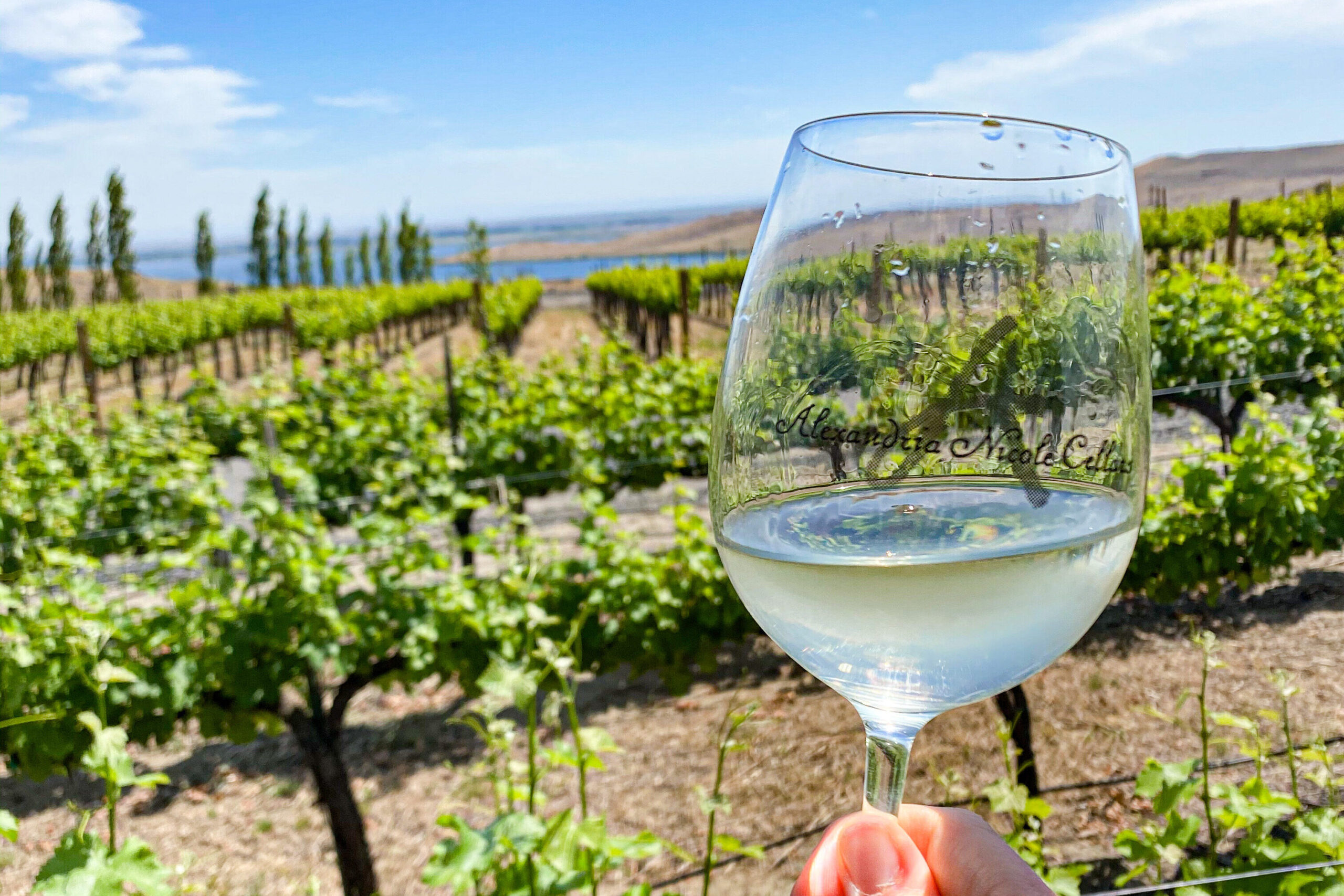
Red Mountain
Red Mountain is a subregion of the Yakima Valley AVA – which is a subregion of the Columbia Valley – and it gets more sunlight than any other wine-growing region. For being one of Washington’s smallest AVAs, it is one of the most acclaimed, specifically for its Cabernet.
Read my post on how to spend 24 hours in Eastern Washington… most of them were spent on Red Mountain.
Red Mountain wineries I’m loving: Hightower Cellars, Fidelitas, Kiona Winery
Walla Walla
Walla Walla is a wine region known equally well for its bodacious red wines as it is for its sweet onions and rolling wheat farms.
This region borders Oregon and is home to the densest collection of wineries, which makes sense when you learn Walla Walla has been voted “America’s Best Wine Region” for three years in a row.
As for the wines, Walla Walla is cooler and wetter than most of the Columbia Valley, allowing a select few vineyards to farm without the aid of irrigation. The most successful wines of this region include Cabernet, Merlot, and Syrah.
Walla Walla wineries I’m loving: Browne Family Vineyards, Cayuse Vineyards
Lake Chelan
Lake Chelan has a higher elevation and a more temperate climate than most of the regions within the Columbia Valley. Due to the ice age glaciers that formed the actual Lake Chelan, the coarse, sandy soil makes for wines with texture and delicate minerality.
Expect an eclectic variety of wines, including some of Washington’s best Pinot Noir, Syrah, and Viognier.
Lake Chelan wineries I’m loving: Cairdeas Winery, Chelan Ridge Winery
Puget Sound
This is Western Washington’s only grape-growing region and resides west of the Cascades. It encompasses a large geographical area, including Bainbridge Island and the San Juan Islands.
Many wineries will choose to purchase grapes from Eastern Washington since the climate of Western Washington makes it hard to guarantee quality wines year after year. That said, rare German and Alsatian varietals have found success here.
Expect to find aromatic white wines such as Madeleine Angevine, Siegerebbe, and Müller-Thurgau.
Puget Sound wineries I’m loving: San Juan Island Vineyards, Bainbridge Vineyards
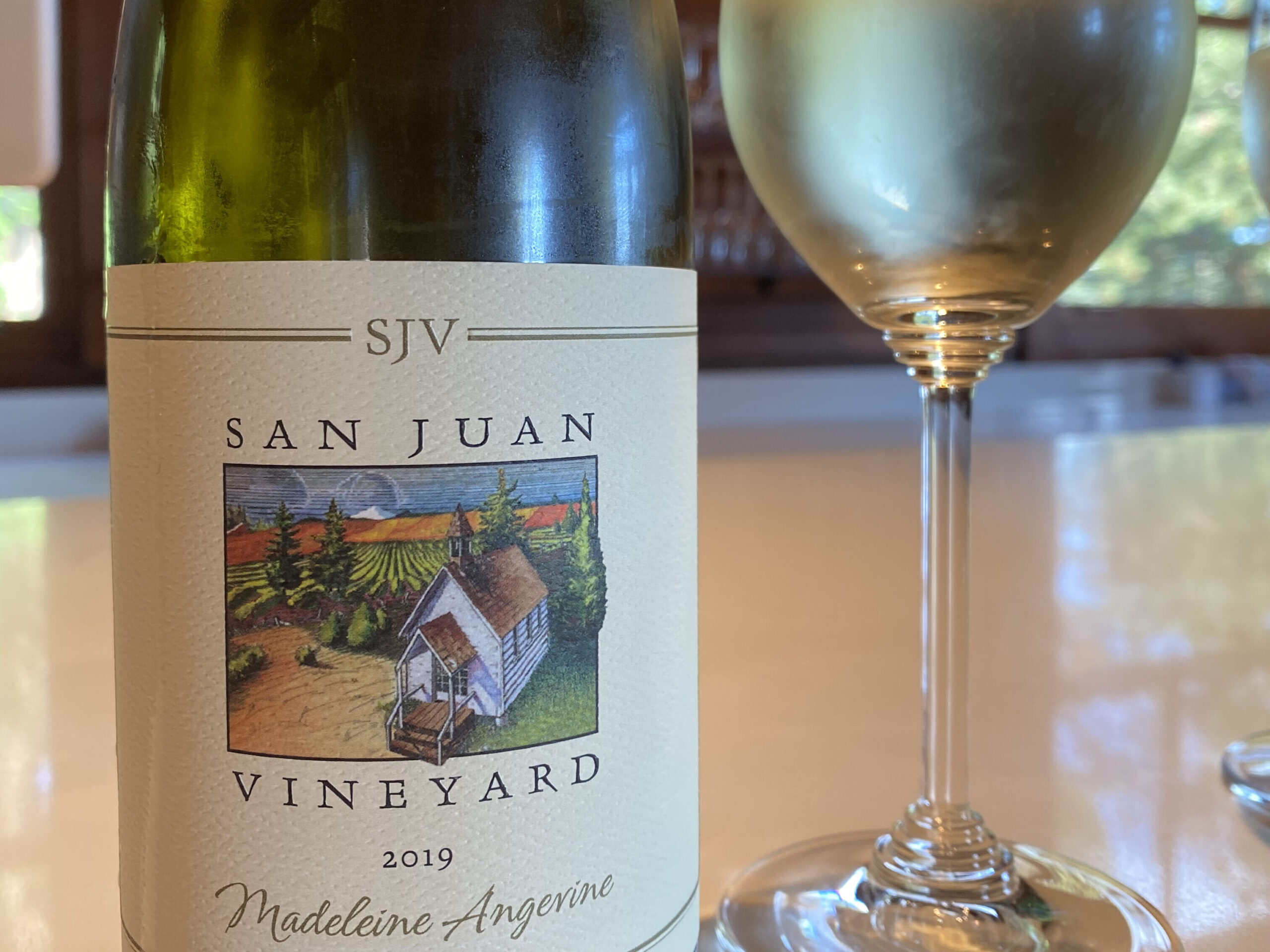
Woodinville
While not technically a wine-growing region, Woodinville has pronounced itself to be the heart of Washington wine. With 130+ tasting rooms, you could quite literally never visit them all. In addition, many wineries choose to set up shop there, operating as urban wineries and driving the grapes over from Eastern Washington.
Woodinville wineries I’m loving: Chateau Ste. Michelle, DeLille Cellars, Long Shadows Winery (tasting room)
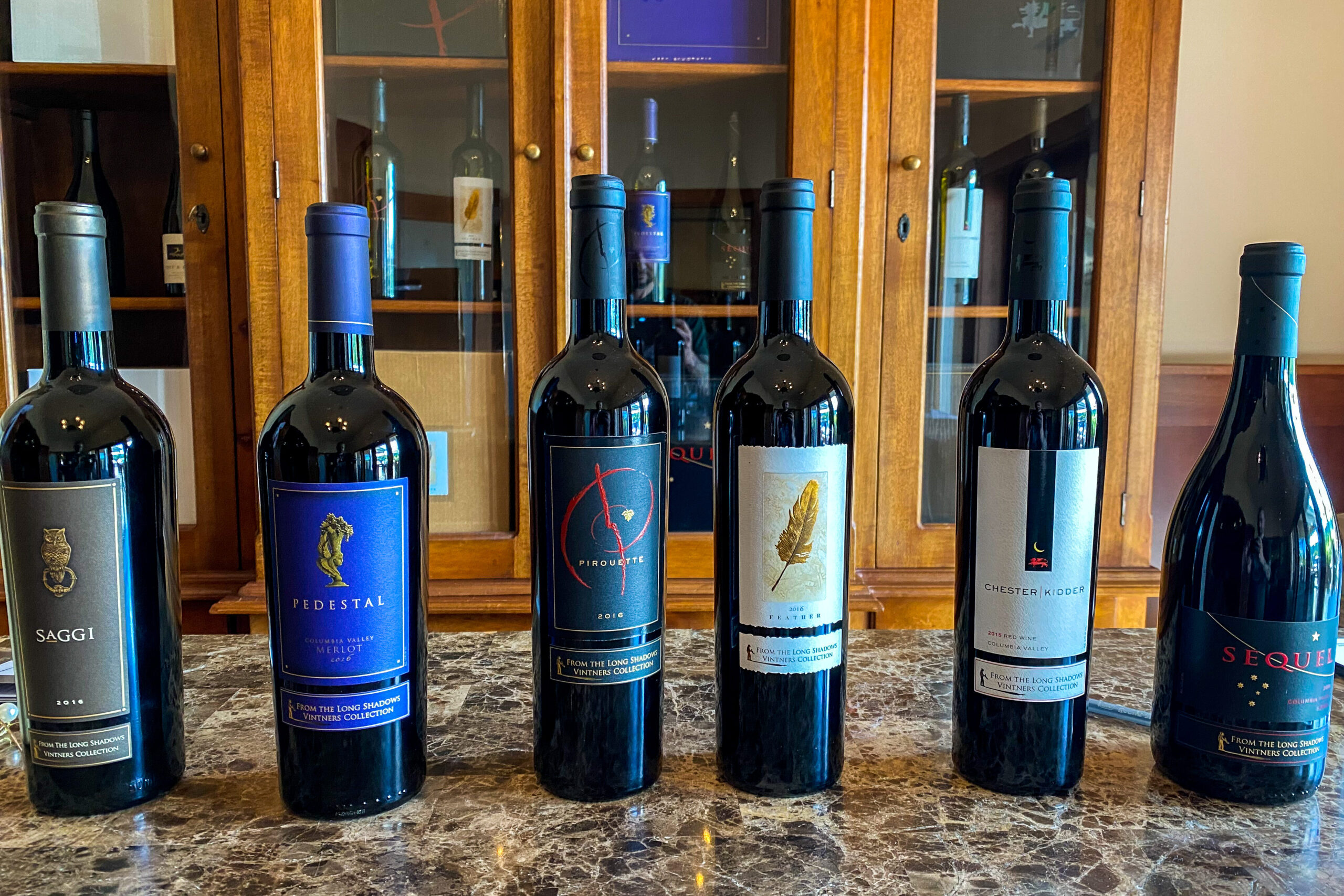
Washington wine styles
Red wines of Washington
Washington state is best known for producing vibrant, fruit-forward, and deeply expressive red wines. Cabernet Sauvignon, Merlot, Syrah, Malbec, Cabernet Franc, and Petit Verdot are the leading red wines produced.
Wines I’m loving: Palencia El Viñador Petit Verdot, Hightower Cellars Merlot, Long Shadows Pirouette Bordeaux Blend
White & rosé wines of Washington
While red wines may be the bread and butter for Washington wine, its story originally began as a white wine destination. Gewürztraminer, Chardonnay, and Pinot Grigio were some of the first grapes planted here.
Today, while those grapes are common, more white wines have found success, including Riesling, Sauvignon Blanc, Semillon, and Albariño.
As for rosé, while there is undoubtedly a variety of excellent rosé wines being produced, the premiere examples are coming from the Sangiovese grape.
Wines I’m loving: Chateau Ste. Michelle Riesling, Alexandria Nicole Cellars Shepard’s Mark White Blend, Barnard Griffin Rosé of Sangiovese
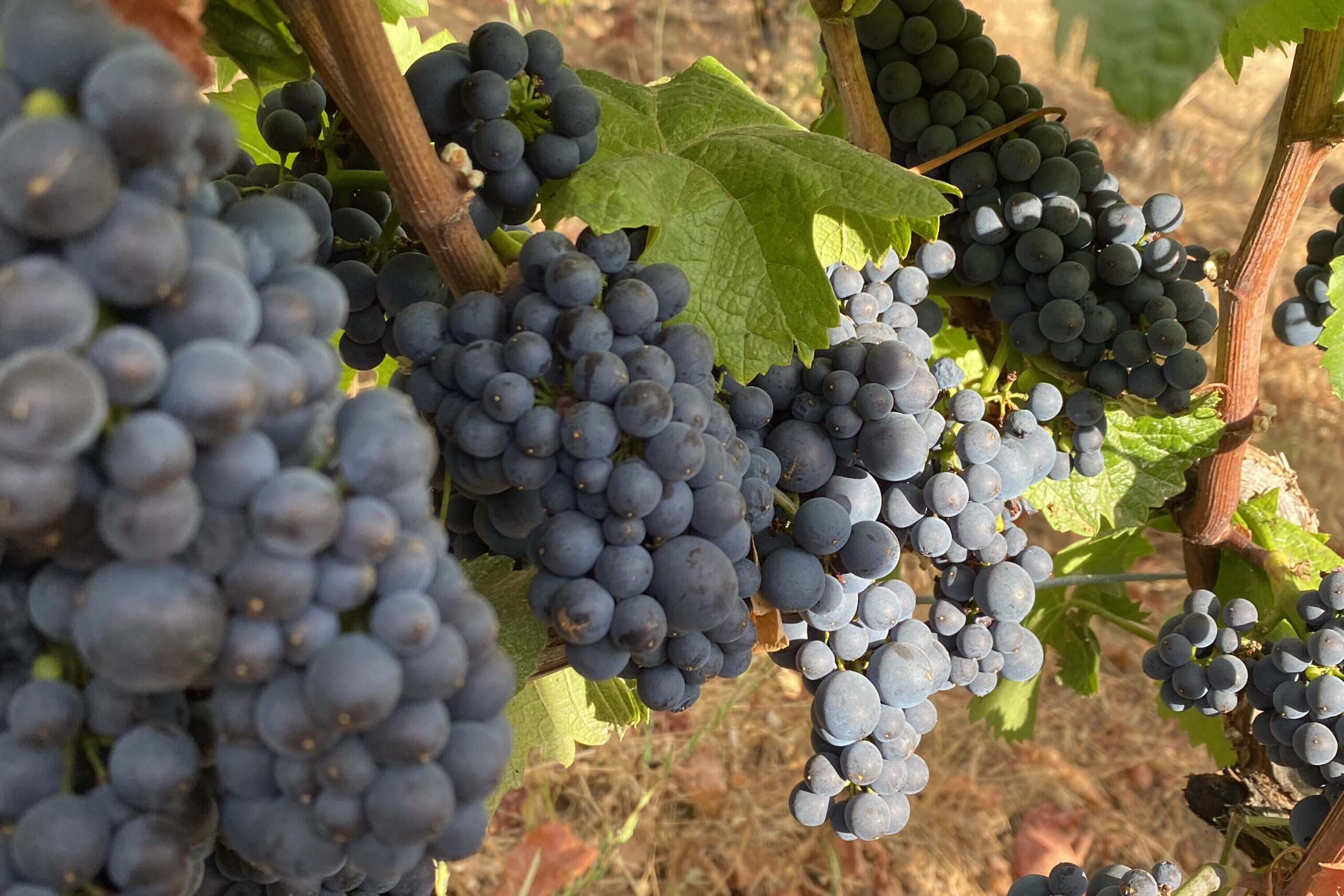
Planning a trip to Washington wine country
I may be biased, but I truly think if you love New World wine, then you can’t go wrong with a visit to Washington wine country. If I had to pick one way to spend a week in Washington, take in the sights, and drink some delicious juice, this is what I’d do.
Visit Seattle’s tasting rooms
Seattle has countless wine bars, tasting rooms, and even a few urban wineries. Here are some of my favorite spots in Seattle to grab a glass of vino:
Explore Woodinville’s wine country
Less than 30 minutes north of Seattle lies Woodinville and currently over 130+ Woodinville wineries. Between exceptional dining, tasting rooms, wineries, breweries, and distilleries, spread out over a dozen neighborhoods, this is a spot you’ll definitely want to spend a few days exploring.
That said, here are some of my favorite spots in Woodinville wine country:
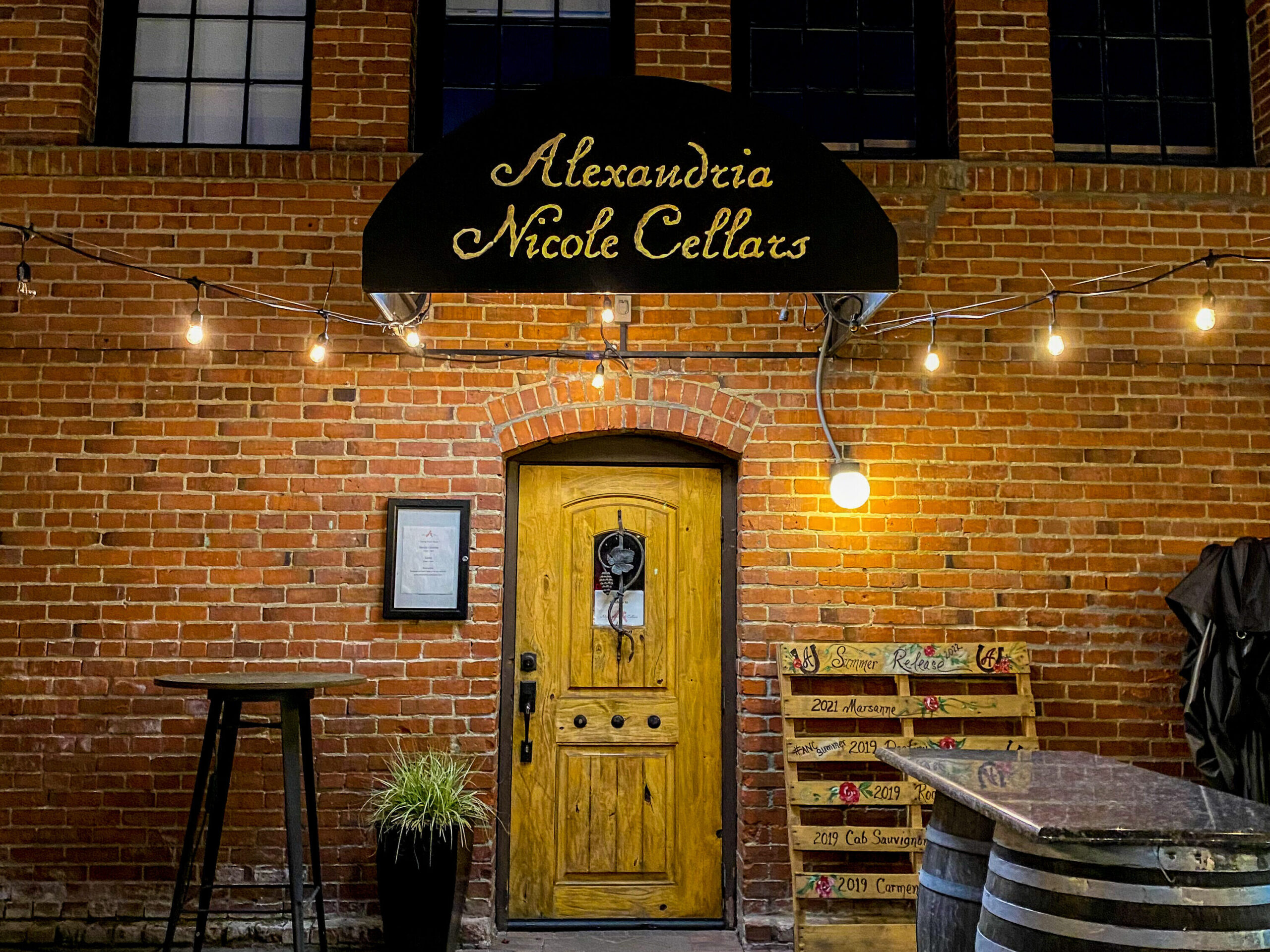
Spend a week in Washington wine country
I love Eastern Washington, like, I love Eastern Washington. I don’t know if it’s the counterbalance of dry, desert heat or the pockets of delicious authentic Mexican food intermixed with some of the best wineries in the country – I just know I can’t get enough of this place.
Here are some of my must-stop spots if you can get away to Eastern Washington:
- Daven Lore Winery / get directions
- Palencia Wine Company / get directions
- Airfield Estates Winery / get directions
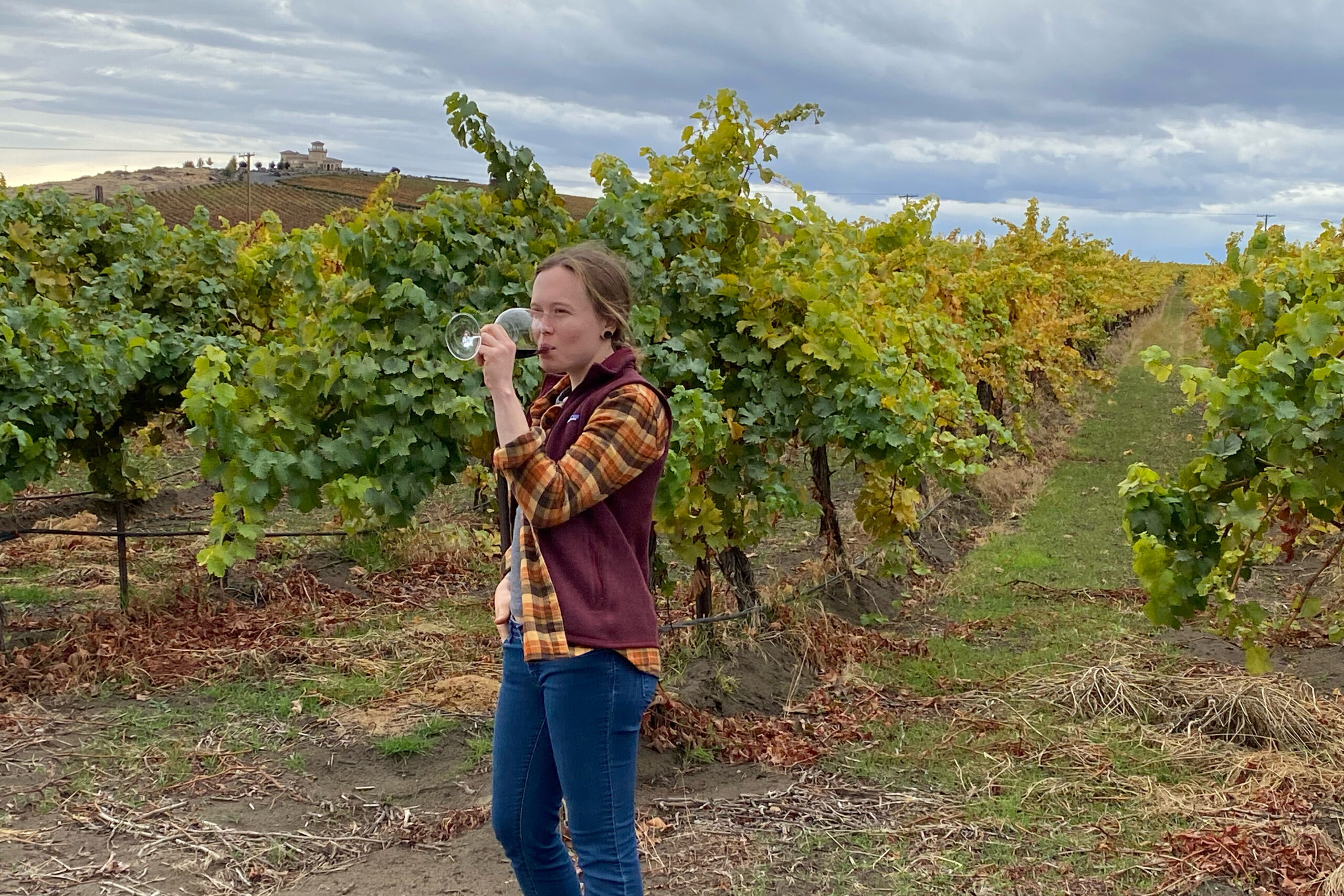
Ferry hop along the San Juan Islands
Frank and I bikepacked the San Juan Islands a few years ago, and I honestly can’t believe how much we were able to see and do!
Each of the three main islands – Orcas Island, San Juan Island, and Lopez Island – has its own winery. While we were only able to visit one, it was my first chance to try both Puget Sound wine and the Madeleine Angevine varietal, and it did not disappoint!
Here’s a list of the wineries on Washington’s San Juan Islands:
- San Juan Island Vineyards / get directions
- Orcas Island Winery / get directions
- Lopez Island Vineyards / get directions
Sources:

